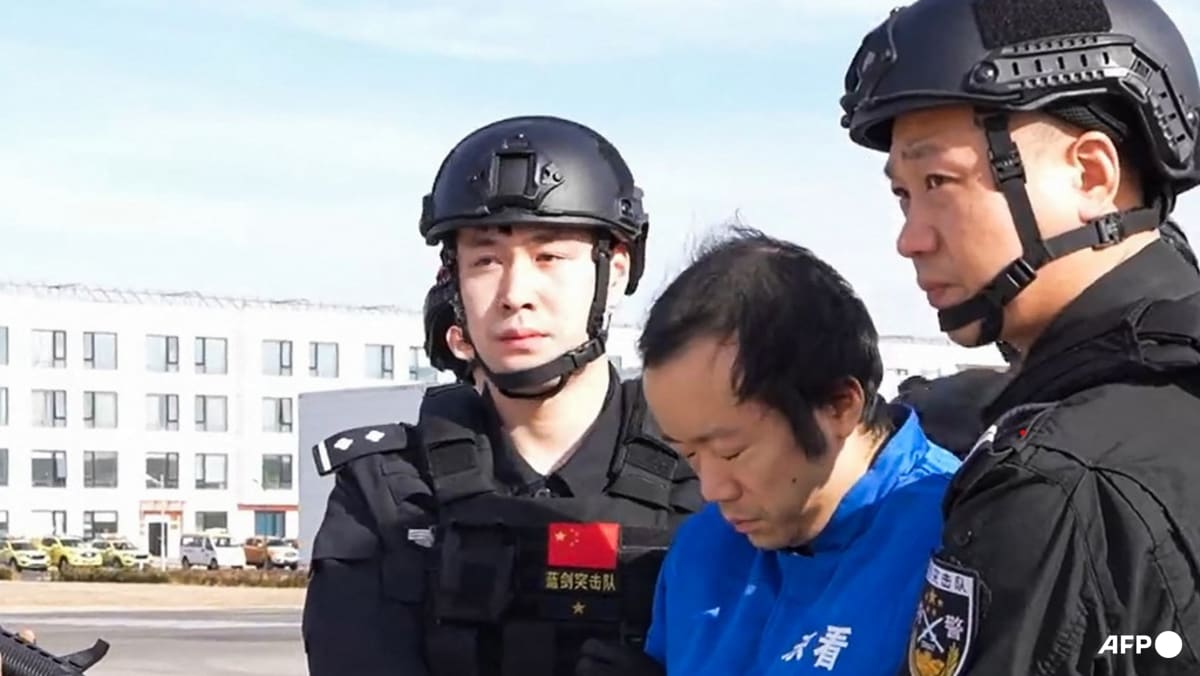CNA Explains: Why is Japan releasing Fukushima wastewater into the Pacific and how safe is it?

IS THE TREATED WATER SAFE?
In IAEA’s final report, it said that the “controlled, gradual discharges of the treated water to the sea … would have a negligible radiological impact on people and the environment”.
TEPCO also told National Geographic that the impact of the treated wastewater being released into the ocean on the public and the environment will be minimal.
Even though tritium has a radioactive half-life of 12.32 years, the wastewater has a short biological half-life of seven days to 14 days in the human body, according to the IAEA.
“The biological half-life of a chemical (for example, a drug) in a living organism is the time it takes for half of that chemical to be depleted or eliminated from the body,” it added.
“The controlled discharge of wastewater with small amounts of radioactive tritium happens regularly at nuclear sites all over the world,” Professor Jim Smith, an environmental scientist at the University of Portsmouth, told Science Media Centre.
IAEA expert Professor Mikhail Balonov shared the same sentiments, adding that nuclear facilities in other countries release more tritium in their wastewater each year, in comparison to the level of tritium in the wastewater that Japan intends to release.
Online media collective The Conversation reported that about 8.4kg of tritium is already present in the Pacific Ocean, which is small in comparison to the total amount in Fukushima’s wastewater at 3g.
Prof Smith said: “Claims have been made about significant risks to the Pacific Ocean ecosystem from the planned Fukushima release. But these are not founded in scientific evidence. Tritiated water can damage DNA if ingested, but it is very weakly radiotoxic and does not biomagnify in the food chain so risks are extremely low.”
However, Associate Professor Kumpei Hayashi at Fukushima University told The Associated Press the level of tritium is “still worrisome when it comes to the ageing problems that will emerge in 20 years or 30 years”.
The American Association for the Advancement of Science also reported that more dangerous isotopes with longer radioactive lifespans – ruthenium, cobalt, strontium, and plutonium – can slip through the ALPS process at times. TEPCO noted that the isotopes are present in 71 per cent of the tanks on site.
“These radioactive isotopes behave differently than tritium in the ocean and are more readily incorporated into marine biota or seafloor sediments,” marine chemist Ken Buesseler told the association.
WHO IS MONITORING SAFETY STANDARDS?
The IAEA on Tuesday said that it will continue its safety review during the discharge of wastewater, while maintaining an on-site presence and providing “live online monitoring on its website from the discharge facility”.
“This will ensure the relevant international safety standards continue to be applied throughout the decades-long process laid out by the government of Japan and TEPCO,” said Grossi.
The agency’s task force, comprising 11 experts from the likes of Australia, Canada, France and the United Kingdom, will also “serve as the primary source for the technical and regulatory expertise needed to complete the IAEA’s review”.
Grossi added: “The IAEA will continue to provide transparency to the international community, making it possible for all stakeholders to rely on verified fact and science to inform their understanding of this matter throughout the process.”
IAEA also said it would carry on with regular reporting to keep the public and other countries informed of the latest developments.
HOW IS THE WORLD REACTING?
Japan’s plan to release the treated wastewater into the ocean has been met with protests from fishing communities in Fukushima, who are worried customers will shun their catches, despite strict testing protocols for food from the region.
Although TEPCO has been engaging with the communities and other stakeholders, fishing unions in Fukushima have urged the Japanese government for years not to release the water, arguing it would undo work to restore the damaged reputation of their fisheries.
A petition from the regions around the plant has garnered more than 250,000 signatures since the proposal was first made.
Through its embassy in Japan, Beijing also said the IAEA report cannot be a “pass” for the water release and called for the plan’s suspension.
Chinese Foreign Ministry spokesman Wang Wenbin also warned that the proposed release carries risks for neighbouring countries and Pacific Island nations, with Bloomberg quoting him as saying the ocean is “not Japan’s private sewer”.
Some South Koreans are also panic-buying salt due to contamination fears once the treated wastewater is released.
The rush to stock up on salt contributed to a nearly 27 per cent rise in the price of the commodity – compared with two months ago – in South Korea in June, though officials said the weather and lower production were also to blame.
Bloomberg also reported that the Pacific Islands Forum, consisting of 18 nations including Fiji and Australia, urged Japan to “consider alternatives and called for additional discussions on the risks”.
Source: CNA















